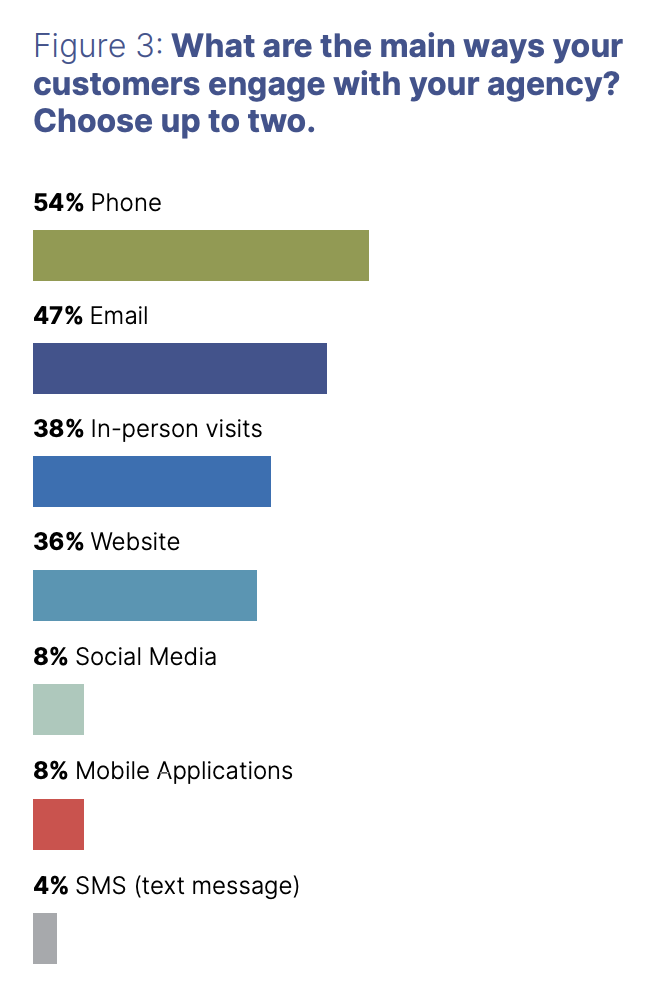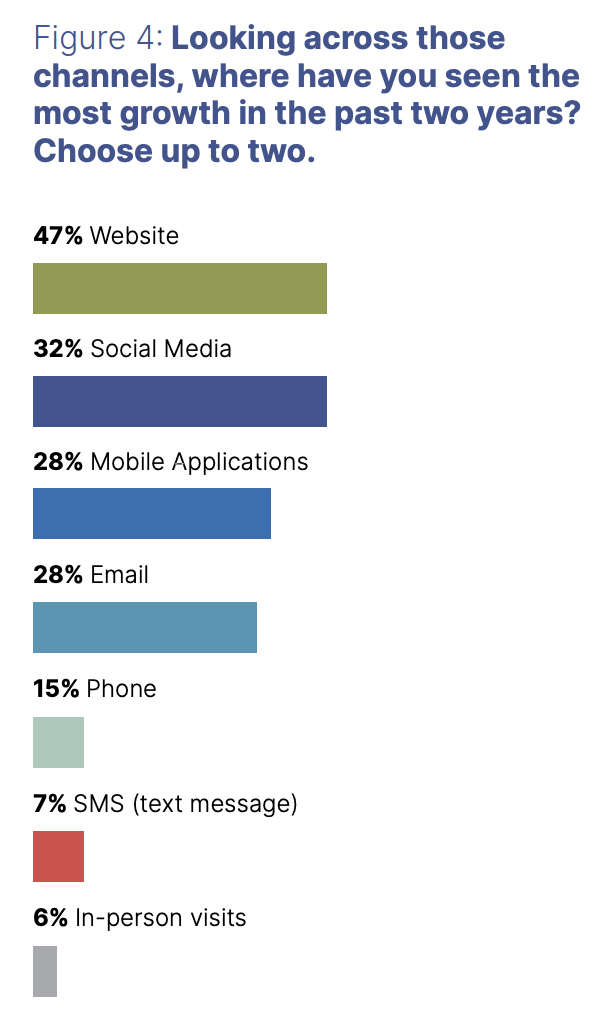A government focus on customer experience (CX) is relatively new, but the idea has quickly grown deep roots. “Improving Customer Experience with Federal Services” is a Cross-Agency Priority goal of the 2018 President’s Management Agenda and specifies four strategies, including improving digital services and modernizing CX for high-impact programs. But to meet that goal, agencies must understand their customers.
“If you look at government agencies, they’ve got a wide variety of constituents and there’s an expectation that various government services are going to be available across a wide range of people,” said Mike Teeters, Manager of Corporate Product Development at Tyler Technologies. “We need to be thinking about how different age groups will have different needs or expectations. And if we’re not taking that into consideration, then there’s the potential that we could be under-serving one or another group.”
Despite today’s tech-tethered population, almost 40% of respondents said that most customers engage with their agency through in-person visits. More than half – 54% – said a phone call is their customers’ go-to method, while email came in second at 47%. About 36% of respondents said websites were the most-used medium. Text messages are the least used, based on the survey. (See Figure 3.)
Still, entry points may change. Of those channels, in-person visits have grown the least in the past two years (6%), respondents said, while website usage has grown the most (47%). Almost 32% of respondents said use of social media was on the rise, while email and mobile apps tied at 28%. (See Figure 4.)

Teeters draws a parallel between the CX push and accessibility: Both force new thinking about how people interact with different government access points.
“You think about most government buildings, there’s a ramp in addition to stairs that you can use,” Teeters said. “In the same way that you’ve seen government champion things like accessibility, I think it’s equally important that we think about how different age groups are going to be consuming government services as we move into the future.”
Respondents’ age may play a role in their judgment, however. Almost 60% of millennials said social media has had the most growth, while 31% of baby boomers and 21% of Gen Xers said the same. Growth in website use had less variability, a range of 42% to 54%, across the generations. (See Figure 5.)
“The use and growth of these digital channels for engagement isn’t a big surprise to me,” Teeters said. “We’ve certainly seen that in the applications that we sell — the growth of people using websites or dedicated mobile applications — and certainly third-party social media solutions. I think all of that is obviously not just something we see in the public sector but broadly across all different kinds of industries, and the fact that now those digital engagement channels are becoming first-in-line solutions doesn’t really surprise me.”
This article is an excerpt from GovLoop’s recent report, “Tech for the Ages: How Does Your Agency Address Generational Differences?” Download the full report here.

